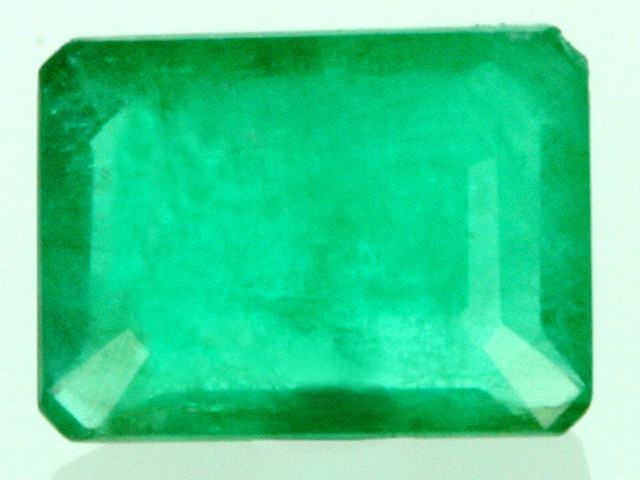
Published at 9th May 2018
Modified at 2nd Aug 2023
Gota De Aceite Emeralds
In the world of Emerald, the most sought after and rare Emerald is the Gota de Aceite Emerald. It is pronounced “go-tah day ah-say-tay”. For collects, this type of Emerald is as rare as the Kashmir Sapphire or the Golconda Diamonds. If you are ever lucky enough to see one of these Emeralds, or own one, it should be cared for like no other stone.

In Spanish, Gota de Aceite means “drop of oil”. This name was given to the finest Emeralds by the Spanish conquistadors that showed a unique and very rare pattern. This pattern has a roiled appearance that looks like oil or honey. This is why the Spanish called these fine Emeralds “drop of oil Emerald”. This same effect has sometimes been referred to as the butterfly effect.
Emeralds that originate from Columbia are generally the only stones that can show Gota de Aceite. When it was originally discovered it was thought the the Emeralds grew around Calcite precipitations which caused the roiled effect in the Emerald that gave it the oil look. However with modern gemological tools it has been discovered that Calcite is probably not the cause of Gota de Aceite. Instead it looks like irregularities in the internal crystal structure of the gemstone are responsible for dispersing the light and causing the oiled look.
Gota de Aceite Emeralds to the naked eye look like the Emerald has an oily or velvety appearance. under 10x magnification with a loupe, the roiled effect becomes more evident. Some people refer to what they see as “Whiskey in water” or “Rolling hot air”.

In the market place, sometimes gem cutters and dealers might miss a stone that shows this effect. Some novice buyers might also discard these gems for synthetics or glass. Keep an eye out for any stones you think might have this appearance and take them to a gemologist to confirm. you never know what treasures might be right under your nose.
SHOP FOR EMERALDS
Search the Gemstone Encyclopedia
Related Auctions
Related Articles
Jade is a beautiful stone that can be many different colors including green, orange, or white. Learn how to test Jade to see if it's real.
9th May 2018
The carnelian stone is a chalcedony mineral famous for its fiery orange colors. Learn all about carnelian meaning, history, and properties in this helpful guide!
26th Feb 2021
Geodes are nature’s proof that you can’t judge a book by its cover. On the outside they can be a nondescript rock and inside, a beautiful, sparkling interior of concentric banding or crystal formation.
1st May 2018
Latest Articles
Stibiotantalite is a rare tantalum mineral sometimes found as stunning yellow to orange gems. Discover the history, properties, prices, and uses of stibiotantalite gemstones in this complete guide.
21st Jan 2025
Milarite is a white, green, or yellow beryllium silicate in the milarite-osumilite group. Faceted gems are rare but stunning. Discover the history, properties, prices, and benefits of milarite gems!
6th Jan 2025
Friedelite is an uncommon pink, red, or brown manganese silicate mineral best known from New Jersey and South Africa. Learn the prices, properties, uses, and history of friedelite gemstones.
23rd Dec 2024
Article Categories
How To's is where you will find helpful articles from gem Rock Auctions on how to cut gemstones, select gemstones and buy gemstones.
9 Articles





